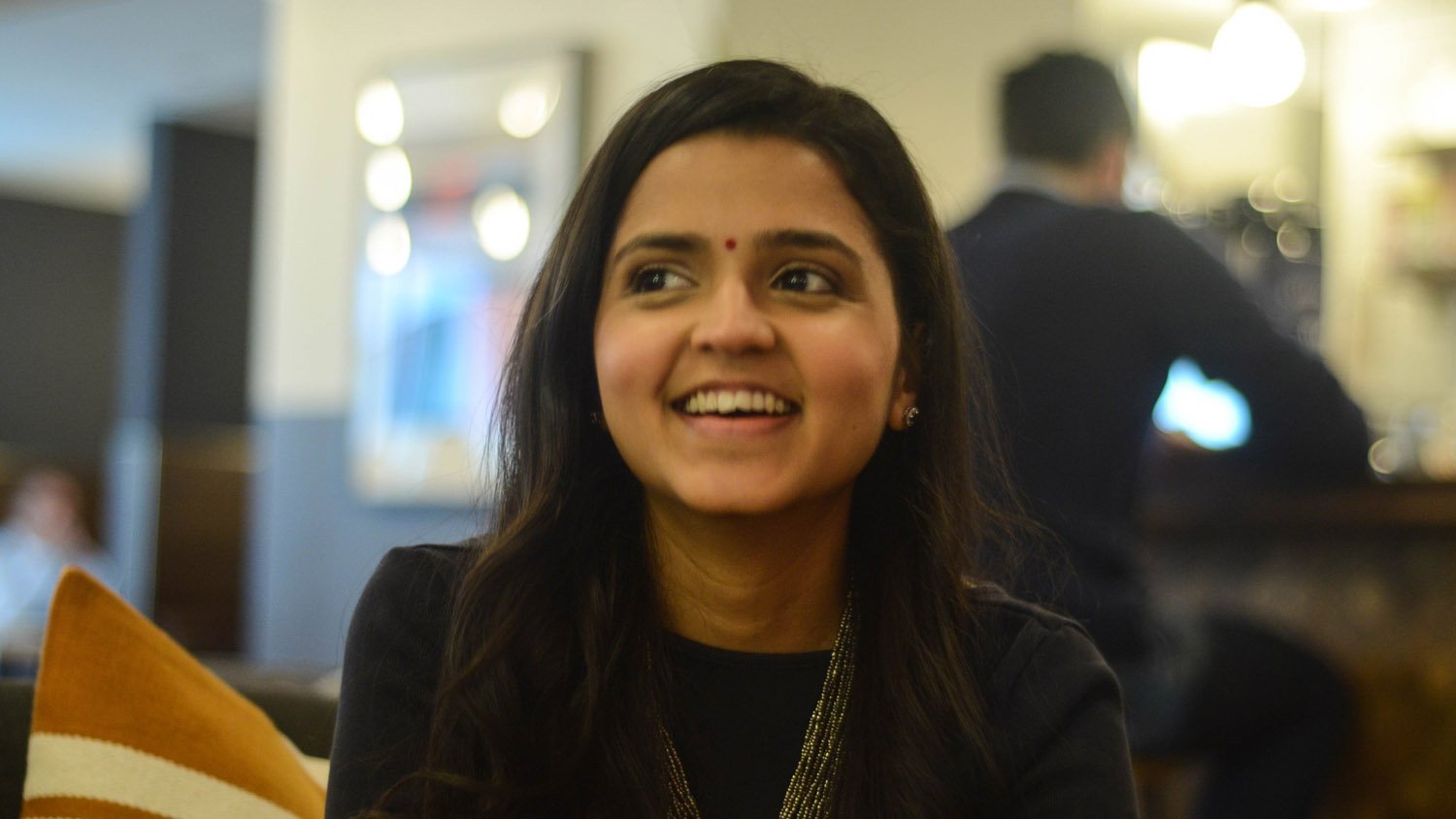I Wear a Bindi Every Day, and It Doesn't Bother Me if Non-Indians Embrace It
Teen Vogue
"As long as people respect the cultural significance, I have no issue with them wearing it, too."
In this op-ed, writer Deepti Sharma explains why it doesn't offend her if non-Indians choose to wear Bindis.
Growing up, there was a hurtful song that kids in my school would sing to tease me: “I have a dot on my head, and the color is red. I’m a hindu.” I hated that song. As an Indian kid living in America, I went through all of the phases of rejecting, accepting, and ultimately embracing my culture. But a few years ago, I made a decision that makes me even more visibly Indian: I decided to wear a bindi every single day.
The bindi is not only a beloved connection to my culture, it's become something of a political statement. Wearing a bindi is an act of resistance, particularly at a time when the Trump administration regularly enforces xenophobic policies and violent right-wingers target immigrant communities. By simply embracing my own culture, I’m normalizing a cultural practice that is often maligned in America.
In South Asia, bindis have a rich, complex history. Traditionally, married Hindu women have worn it to proclaim their marital status. According to Hindu beliefs, the forehead is considered the third eye and it keeps bad luck away. In Yoga, it’s a central focus point for meditation. While the bindi carries loads of religious, spiritual and even physical significance, for me, it's a connection to my childhood. It reminds me of watching my mother get ready every day, taking great care to complete each step of her extensive beauty routine: fixing her hair, moisturizing her skin, and then at the end reaching into her bindi box and adding that final touch. I was mesmerized by the process as a little girl and when I first wore a bindi, an image of my mother was foremost in my mind. Like most South Asians in the diaspora, I grew up wearing decorative sticker bindis as a cultural fashion statement: an accessory to wear at parties, weddings, and family functions.
At first, I asked my Mom for a pack of her Bindis, but eventually, I started buying my own. Every time I go to India, I buy tons of them. I experiment with colors and sizes and styles — it's all fun and a part of accessorizing. But when I wear a bindi outside of cultural safe spaces, it becomes a point of contention.
Indians and non-Indians alike are confused by my choice. Within my culture, people sometimes assume I’m devoutly religious and that I go to temple everyday. They're shocked when they find I wear it outside of spiritually-focused spaces. “You wear it everyday? To work? With western clothes?” the questioning goes.
And then there are non-Indians who stereotype me in other ways. They assume that I’m not American — and the ignorance doesn't stop there. I've been asked "Were you born with that?" or "Does your husband make you wear it?" If I see them later on without my Bindi, they sometimes assume (and ask if) I had it surgically removed.
The comments are offensive, to be sure, but I don’t get upset anymore. I see it as a teachable moment. If they seem genuinely curious, then I take the time to explain. Instead of responding angrily, I consider their background and what religions, traditions, and cultures they've been exposed to. As long as they're respectful, I appreciate and welcome their questions.
When mass retailers started selling bindis and white women began wearing them at music festivals and parties, it made me upset at first. I thought, the very thing that I've been ridiculed for as a South Asian woman is labeled trendy when Caucasian women wear it. It reminded me of that song my classmates used to sing, making a mockery of my ethnicity and reducing me to dehumanizing stereotypes.
But soon, I realized this conversation could be a road toward mutual understanding and respect. Consider this: if companies included information on the products they’re selling — like an explanation of the significance of the bindi, for instance — people would become more aware of its origin and the whole notion of non-Indians wearing the Bindi could become less offensive.
For example, I love fashion and food from other cultures; can I not embrace them even if I'm cognizant and respectful of the history? It's not inherently wrong to want to celebrate and even embrace another culture's beauty, but awareness and respect is important. That’s where most people falter.
My bindi is a part of my identity, one that I grew to love despite being teased a child. It's a connection to my religion, my ethnicity, my family and some of my earliest childhood memories. As long as people respect and honor that rich history and current cultural significance, I have no issue with them embracing the bindi, too.


